Pediatric orthodontics plays a crucial role in the overall health and well-being of children. Understanding the importance of early orthodontic evaluation and the impact of orthodontic issues on physical and mental health is essential for parents to support their child’s dental development.
What is Pediatric Orthodontics?
Pediatric orthodontics, also known as children’s orthodontics, is a specialized branch of dentistry that focuses on the diagnosis, prevention, and treatment of dental and facial irregularities in children. The goal is to guide the growth and development of a child’s teeth and jaws, ensuring proper alignment and function.
The early intervention afforded by pediatric orthodontics provides a foundation for lifelong oral health by addressing issues during the crucial developmental years. By visiting a reputable pediatric dentist in Fredericksburg, VA, such as Junior Smiles of Stafford, parents can ensure that their children receive the expert orthodontic care necessary for a bright, healthy smile. The compassionate team at Junior Smiles of Stafford is dedicated to offering a comfortable and friendly environment for young patients, making orthodontic care an enjoyable experience.
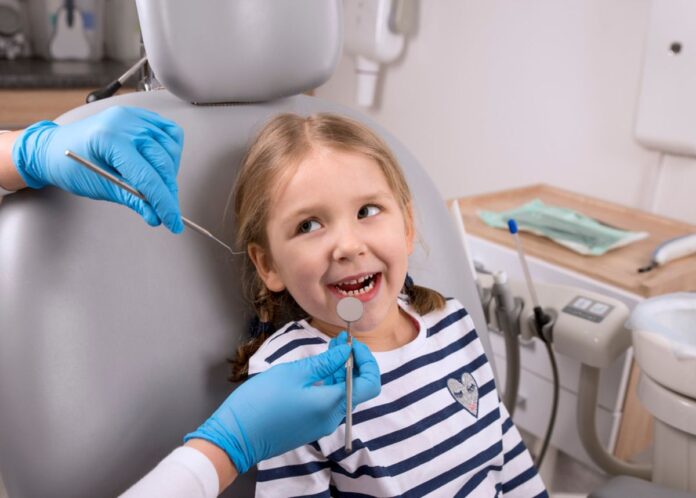
Improving Oral Health
Children’s orthodontics is not just about creating a beautiful smile; it is also about improving oral health. When teeth are properly aligned, it becomes easier to clean them effectively, reducing the risk of tooth decay, gum disease, and other oral health problems. Additionally, proper alignment of the jaws can improve speech and chewing function.
Orthodontic treatment for children typically involves the use of braces, retainers, or other appliances to gradually move the teeth into their proper positions. The orthodontist carefully plans each step of the treatment process, taking into account the child’s age, growth pattern, and specific orthodontic needs.
What is the Importance of Early Orthodontic Evaluation?
Early orthodontic evaluation is crucial to identify and address dental issues before they worsen or become more challenging to correct. The American Association of Orthodontists recommends that children have their first orthodontic evaluation by the age of seven.
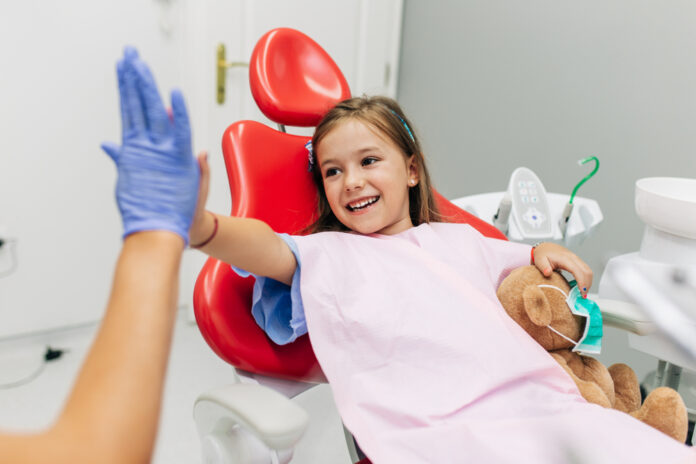
Early Detection
Early orthodontic evaluation provides the opportunity for specialists to catch and diagnose misalignments or other oral issues at the onset. By identifying issues early, the orthodontist can design a treatment plan to address problems before they escalate into more severe conditions. Early detection often means simpler treatments, and it can potentially save time and financial resources in the long run.
Timely Intervention
Once problems are detected, early intervention can begin, which is often more effective and faster in young children due to their ongoing growth. Treatments can be less invasive and more comfortable for the child when started at a young age. The orthodontist can also guide the growth of the jaw and incoming permanent teeth to prevent future misalignments.
Preventive Care
Early orthodontic evaluations serve as a preventive measure to avoid serious dental issues later in life. This can include guiding proper jaw growth to ensure adequate space for incoming teeth, preventing overcrowding, and addressing bite issues early on. Preventive care in pediatric orthodontics can lay the foundation for a lifetime of good oral health.
Cost Efficiency
By addressing orthodontic issues early, parents can often avoid more extensive and expensive treatments down the road. Early treatments can also shorten the overall time a child needs to spend in orthodontic care, which can be cost-saving. Moreover, preventing severe orthodontic problems can also mitigate associated healthcare costs, such as treatments for related speech or eating difficulties.
Psychological Benefits
Addressing orthodontic issues early can significantly boost a child’s self-esteem and confidence.
Aesthetic concerns such as crooked teeth can cause self-consciousness and social anxiety in children, and timely orthodontic intervention can alleviate these issues. Children with healthy, well-aligned teeth are likely to have a positive self-image which is beneficial for their social interactions and overall mental health.
Improved Oral Health Maintenance
Straight teeth are easier to clean and less likely to harbor harmful bacteria and plaque. Early orthodontic care can lead to better oral hygiene habits, as it’s easier for children to maintain clean teeth. Good oral health in childhood often translates to healthier dental habits in adulthood, promoting long-term oral health.
Educational Opportunity
Early evaluations educate parents and children about the importance of good oral health and the potential need for orthodontic treatment. Through these evaluations, families can learn about proper oral hygiene practices, the importance of regular dental check-ups, and the benefits of orthodontic care. Education on oral health can create a well-informed foundation for parents to make the best decisions regarding their child’s orthodontic care.
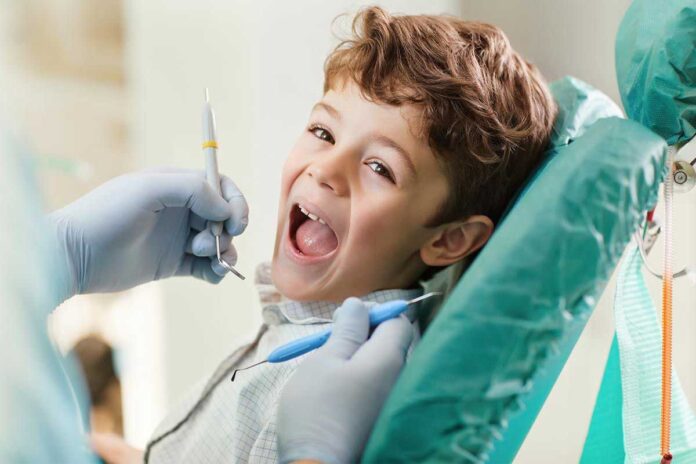
What is the Impact of Orthodontic Issues on Physical Health?
Orthodontic problems in children can significantly impact their physical health. Misaligned teeth, overcrowding, and jaw problems can make it difficult to maintain proper oral hygiene, leading to an increased risk of tooth decay, gum disease, and even tooth loss. The inability to properly chew or speak can also affect a child’s overall nutrition and communication skills.
Additionally, orthodontic issues can cause discomfort and pain, leading to difficulties in eating, sleeping, and daily activities. By addressing these issues through pediatric orthodontics, children can experience improved oral health, reduced pain, and a higher quality of life.
Orthodontics and Child’s Mental Well-being
Orthodontic issues can have a profound impact on a child’s mental well-being. Misaligned teeth or visible dental irregularities can lead to self-consciousness, low self-esteem, and even social anxiety. These emotional challenges can affect a child’s academic performance, social interactions, and overall psychological development.
By correcting orthodontic problems through pediatric orthodontics, children can regain their confidence, improve their self-image, and enhance their overall mental well-being. A beautiful smile can positively impact their self-esteem, interpersonal relationships, and future success.
What are Common Orthodontic Problems in Children?
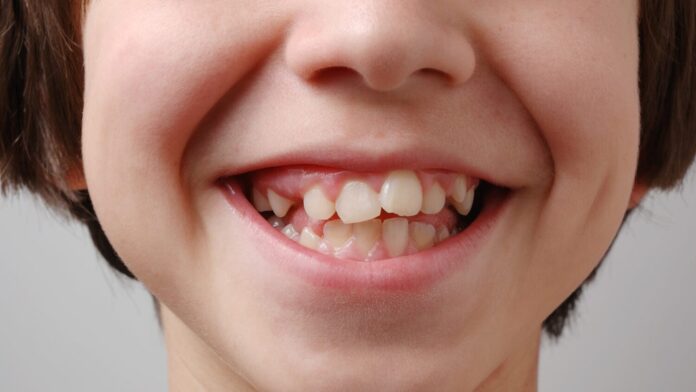
Misaligned Teeth and Jaw Problems
Misaligned teeth, known as malocclusion, occur when the upper and lower teeth do not fit together correctly. This can result in various orthodontic issues such as overbites, underbites, crossbites, or open bites. These discrepancies can impact a child’s chewing ability, speech development, and facial aesthetics.
Jaw problems, such as a narrow palate or a small lower jaw, can also contribute to misaligned teeth and other orthodontic challenges. Early intervention through pediatric orthodontics can help guide the growth and development of the jaws, minimizing the severity of these issues.
Overcrowding and Spacing Issues
Overcrowding occurs when there is insufficient space in the jaw to accommodate all the teeth properly. This can lead to teeth shifting or becoming impacted, causing discomfort and affecting the alignment of the entire dental arch.
Conversely, spacing issues occur when there are gaps between teeth due to missing or small teeth. Both overcrowding and spacing issues can be effectively addressed through pediatric orthodontics, ensuring a proper balance and alignment of the teeth.
What are Treatment Options in Pediatric Orthodontics?
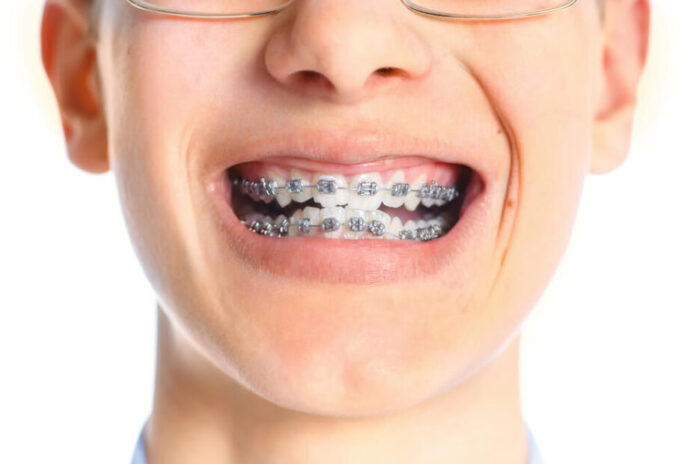
Braces
Braces are the most common orthodontic treatment option for children. They consist of metal brackets attached to the teeth using dental adhesive, connected by wires that gradually shift the teeth into their proper positions over time. Braces can effectively address a wide range of orthodontic issues and can be customized with colorful bands to make the experience more enjoyable for children.
Retainers
Retainers, on the other hand, are used once braces are removed to maintain the new alignment of the teeth. They are custom-made devices that hold the teeth in their corrected positions while the supportive structures settle and stabilize. Retainers help prevent relapse and ensure long-term results.
Invisalign for Children
Invisalign, a popular option for adults, can also be used for children in certain cases. Invisalign utilizes a series of clear, removable aligner trays that gradually shift the teeth into their desired positions. This treatment option offers flexibility, comfort, and aesthetics, making orthodontic treatment less noticeable and more convenient for children.
Conclusion
Pediatric orthodontics is not only about straightening teeth but also about ensuring overall child health. Early evaluation, timely intervention, and appropriate treatment options enable children to grow up with healthy, beautiful smiles and improved physical and mental well-being. By understanding the role of pediatric orthodontics and actively participating in their child’s dental journey, parents can set the stage for a lifetime of oral health and self-confidence.





![Calgary’s Hottest Neighborhoods for Luxury Homebuyers [2024]](https://thewashingtonote.com/wp-content/uploads/2024/04/Calgary-324x160.png)



